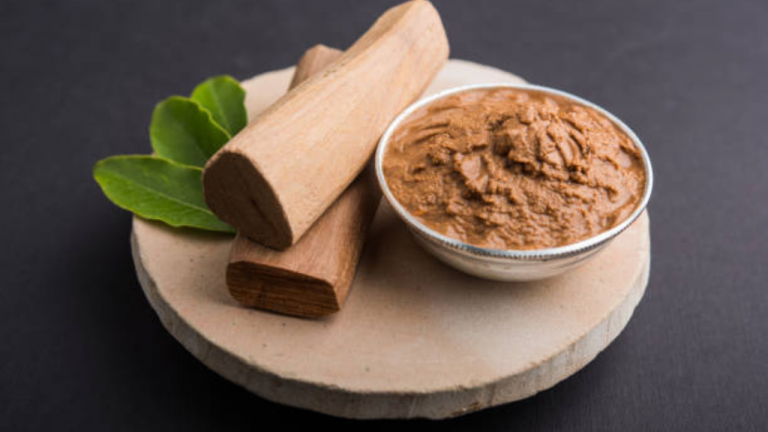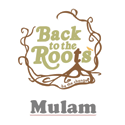Sandalwood Powder ( Candanaṁ poḍi

Sandalwood, also known as Chandana or Srigandha, is the most valuable wood and has been prized for its use in religion and culture throughout history. It is connected to Indian social rituals and has a special place in all of the country’s major religions. Sri Chandana is the form of Chandan that humans use in God’s service. Harichandana is the form of Chandan used by Gods.
God receives five offerings each day and participates in rituals. These are the five options:
- The murti is subjected to a number of rituals, including the application of gandha (fragrant) substances, dhoopa (incense), the offering of pushpa (flowers) or flower garlands, the lighting of a deepa (lamp), and naivedya (food).
- Chandan is used in a number of different ways to make offerings to Buddha.
- Chandana kappu refers to when a murthi or idol is smeared with Chandana.
- In Kerala, most temples use sandal paste to anoint the deities. Dasavatharam is prepared on the same murti in many Sri Krishna temples using sandalwood paste.
- The deity worshiped appears in three forms in some temples: morning, noon, and evening.
Uses
- It is used in all Hindu rites, from childbirth to the final rites (funeral).
- Even today, funeral rites are performed with sandalwood.
- Sandalwood paste, along with the auspicious kumkum (vermilion powder) and flowers, is served to guests at ceremonial functions such as weddings.
- Chandan is smeared on the heads after tonsure because it has a cooling effect.
- Red sandalwood paste, particularly rakta chandana (the red variety), is known for its curative properties.

